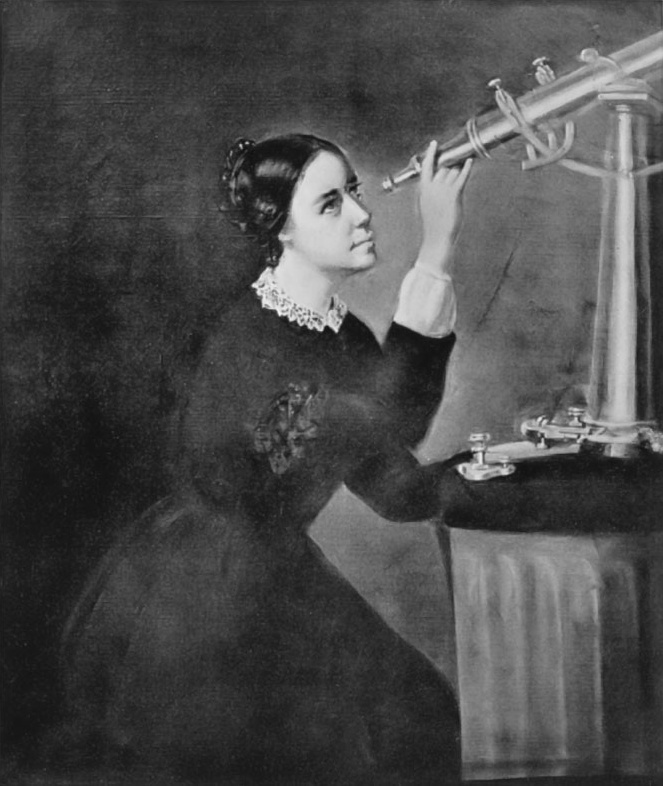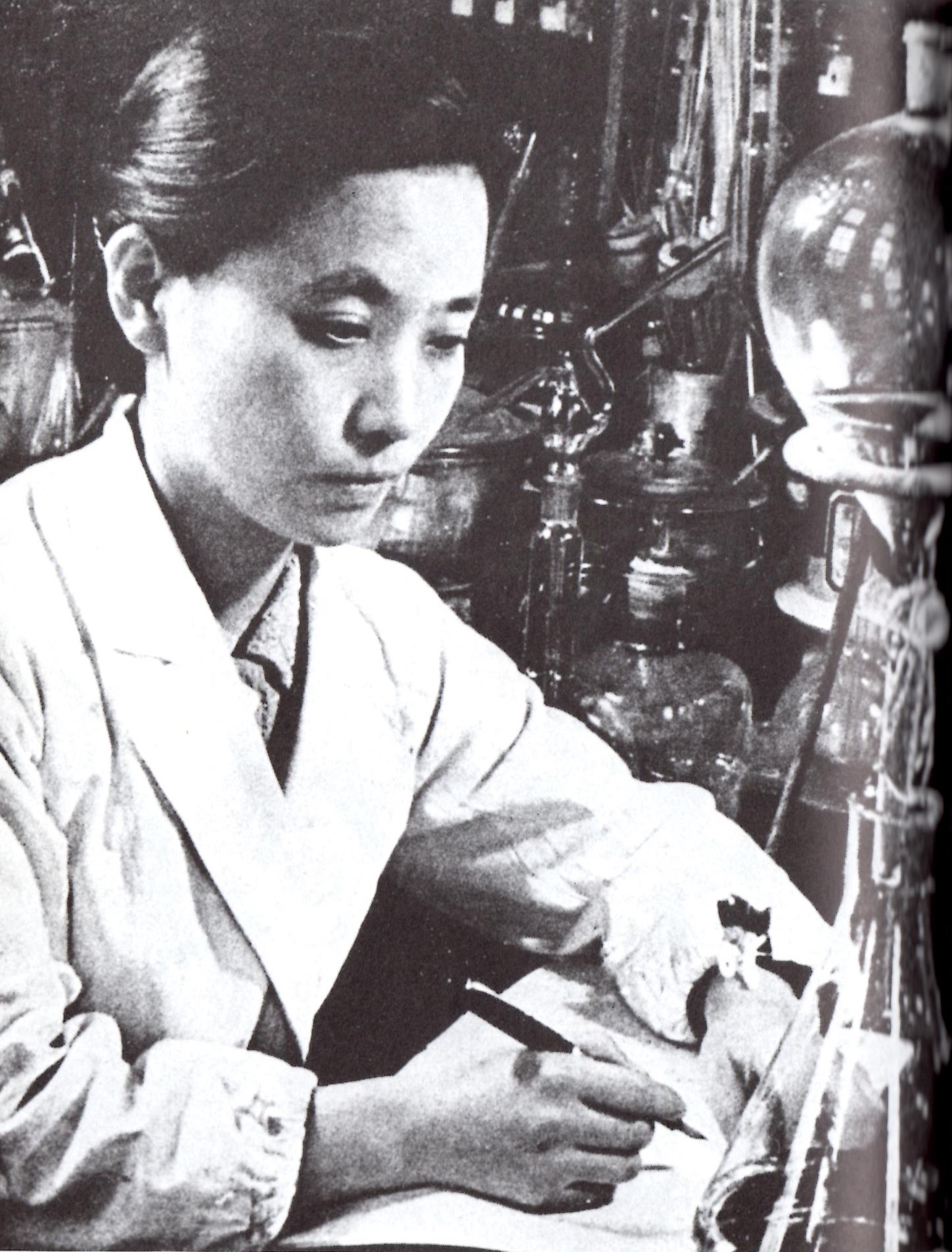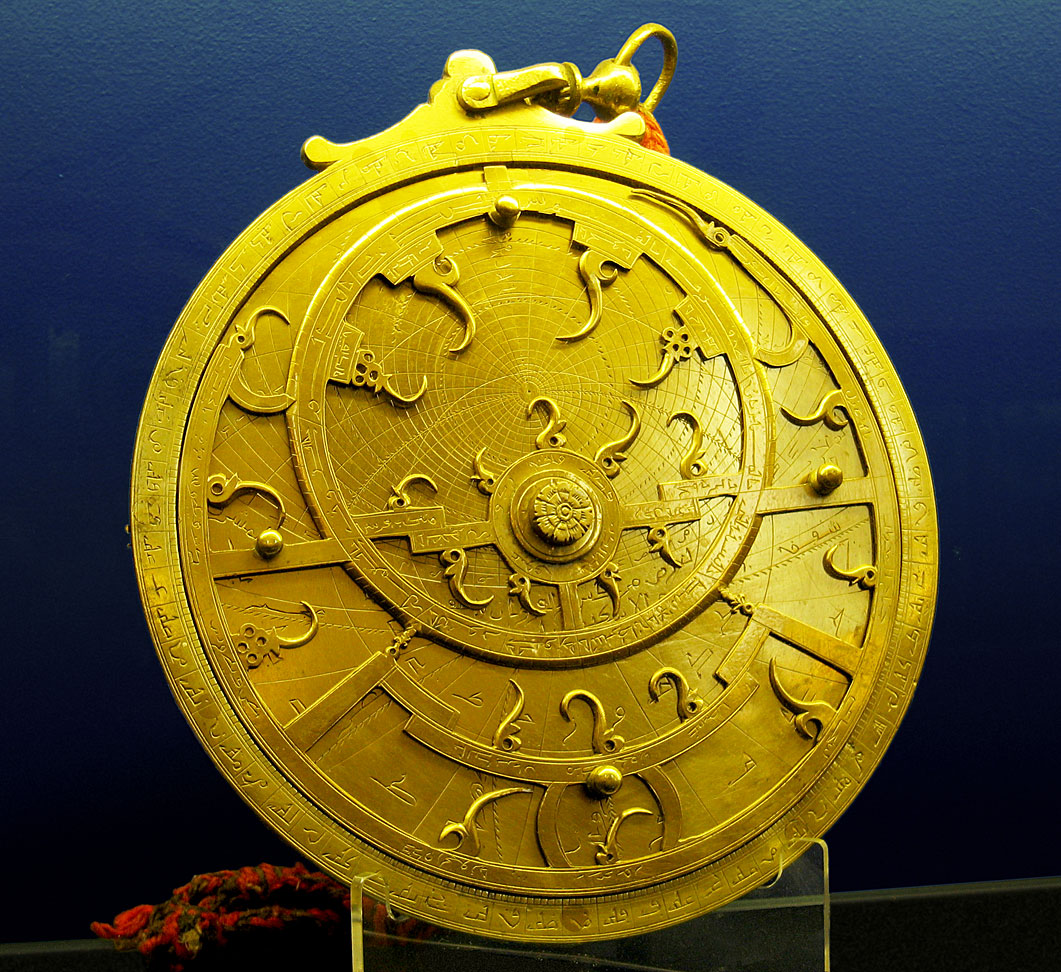|
Al-ʻIjliyyah
Al-ʻIjliyyah bint al-ʻIjliyy ( ar, العجلية بنت العجلي ) was a 10th-century maker of astrolabes active in Aleppo, in what is now northern Syria. She is sometimes known in modern popular literature as Mariam al-Asṭurlābiyya ( ar, مريم الأسطرلابي) but her supposed first name 'Mariam' is not mentioned in the only source that we have of her life. Life According to ibn al-Nadim, she was the daughter of another astrolabe maker known as al-ʻIjliyy; she and her father were apprentices (''tilmīthah'') of an astrolabe maker from Baghdad, Nasṭūlus. Al-ʻIjliyyah manufactured astrolabes, an astronomical instrument, during the 10th century; she was employed by the first Emir of Aleppo, Sayf al-Dawla, who reigned from 944 to 967. Beyond that information, nothing is known about her. Her supposed name, "Mariam", is not supported by sources from her time, and the phrase "al-Asturlabiyy" in the names by which she and her father are known simply means "t ... [...More Info...] [...Related Items...] OR: [Wikipedia] [Google] [Baidu] |
Women Astronomers
The following is a list of astronomers, astrophysicists and other notable women who have made contributions to the field of astronomy. __NOTOC__ A * Madge Adam (1912–2001), English solar astronomer * Maggie Aderin-Pocock (born 1968), English space scientist * Conny Aerts (born 1966), Belgian astrophysicist specializing in asteroseismology * Aglaonike (c. 1st or 2nd Century BCE), ancient Greek astronomer and thaumaturge * María Luisa Aguilar Hurtado (1938–2015), Peruvian astronomer * Eva Ahnert-Rohlfs (1912–1954), German variable star astronomer * Elizabeth Alexander (1908–1958), English geologist and physicist * Leah Allen (1884–1973), American astronomer and educator * Adelaide Ames (1900 - 1932), American astronomer * Anja Cetti Andersen (born 1965), Danish astronomer focused on cosmic dust * Necia H. Apfel (born 1930), American astronomer and educator * Alice Archenhold (1874–1943), German astronomer * Anne Archibald, Canadian astronomer and educator ... [...More Info...] [...Related Items...] OR: [Wikipedia] [Google] [Baidu] |
Nastulus
Muḥammad ibn ʿAbd Allāh Nasṭūlus ( ar, محمد بن عبد الله نسطولس; known as Nasṭūlus, but also referred to as Basṭūlus) was a 10th century astronomer. He is known for making one of the oldest surviving astrolabes, dated 927/928, as well as of another partially preserved astrolabe that bears his signature, "Made by Nasṭūlus in the year 315" of hijra (925). Very little is known about Nasṭūlus. His full name, based on a testimony given by a contemporary astronomer, Abu Sa'id al-Sijzi, indicates that he was a Muslim, but some modern historians have suggested that his foreign last name may indicate that he was Greek or Nestorian Nestorianism is a term used in Christian theology and Church history to refer to several mutually related but doctrinarily distinct sets of teachings. The first meaning of the term is related to the original teachings of Christian theologian .... References Sources * * PDF version * Further reading ;Websites * * ... [...More Info...] [...Related Items...] OR: [Wikipedia] [Google] [Baidu] |
Timeline Of Women In Science
This is a timeline of women in science, spanning from ancient history up to the 21st century. While the timeline primarily focuses on women involved with natural sciences such as astronomy, biology, chemistry and physics, it also includes women from the social sciences (e.g. sociology, psychology) and the formal sciences (e.g. mathematics, computer science), as well as notable science educators and medical scientists. The chronological events listed in the timeline relate to both scientific achievements and gender equality within the sciences. Ancient history * 1900 BCE: Aganice, also known as Athyrta, was an Egyptian princess during the Middle Kingdom (about 2000–1700 BCE) working on astronomy and natural philosophy. *c. 1500 BCE: Hatshepsut, also known as the Queen Doctor, promoted a botanical expedition searching for officinal plants. * 1200 BCE: The Mesopotamian perfume-maker Tapputi-Belatekallim was referenced in the text of a cuneiform tablet. She is often consi ... [...More Info...] [...Related Items...] OR: [Wikipedia] [Google] [Baidu] |
List Of Women Astronomers
The following is a list of astronomers, astrophysicists and other notable women who have made contributions to the field of astronomy. __NOTOC__ A * Madge Adam (1912–2001), English solar astronomer * Maggie Aderin-Pocock (born 1968), English space scientist * Conny Aerts (born 1966), Belgian astrophysicist specializing in asteroseismology * Aglaonike (c. 1st or 2nd Century BCE), ancient Greek astronomer and thaumaturge * María Luisa Aguilar Hurtado (1938–2015), Peruvian astronomer * Eva Ahnert-Rohlfs (1912–1954), German variable star astronomer * Elizabeth Alexander (1908–1958), English geologist and physicist * Leah Allen (1884–1973), American astronomer and educator * Adelaide Ames (1900 - 1932), American astronomer * Anja Cetti Andersen (born 1965), Danish astronomer focused on cosmic dust * Necia H. Apfel (born 1930), American astronomer and educator * Alice Archenhold (1874–1943), German astronomer * Anne Archibald, Canadian astronomer and educator B ... [...More Info...] [...Related Items...] OR: [Wikipedia] [Google] [Baidu] |
Astrolabes
An astrolabe ( grc, ἀστρολάβος ; ar, ٱلأَسْطُرلاب ; persian, ستارهیاب ) is an ancient astronomical instrument that was a handheld model of the universe. Its various functions also make it an elaborate inclinometer and an analog calculation device capable of working out several kinds of problems in astronomy. In its simplest form it is a metal disc with a pattern of wires, cutouts, and perforations that allows a user to calculate astronomical positions precisely. Historically used by astronomers, it is able to measure the altitude above the horizon of a celestial body, day or night; it can be used to identify stars or planets, to determine local latitude given local time (and vice versa), to survey, or to triangulate. It was used in classical antiquity, the Islamic Golden Age, the European Middle Ages and the Age of Discovery for all these purposes. The astrolabe's importance comes not only from the early developments into the study of astron ... [...More Info...] [...Related Items...] OR: [Wikipedia] [Google] [Baidu] |
List Of Muslim Astronomers
Islamic astronomy comprises the astronomical developments made in the Islamic world, particularly during the Islamic Golden Age (9th–13th centuries), and mostly written in the Arabic language. These developments mostly took place in the Middle East, Central Asia, Al-Andalus, and North Africa, and later in the Far East and India. It closely parallels the genesis of other Islamic sciences in its assimilation of foreign material and the amalgamation of the disparate elements of that material to create a science with Islamic characteristics. These included Greek, Sassanid, and Indian works in particular, which were translated and built upon. Islamic astronomy played a significant role in the revival of Byzantine and EuropeanSaliba (1999). astronomy following the loss of knowledge during the early medieval period, notably with the production of Latin translations of Arabic works during the 12th century. Islamic astronomy also had an influence on Chinese astronomy a ... [...More Info...] [...Related Items...] OR: [Wikipedia] [Google] [Baidu] |
10th-century Women
1 (one, unit, unity) is a number representing a single or the only entity. 1 is also a numerical digit and represents a single unit of counting or measurement. For example, a line segment of ''unit length'' is a line segment of length 1. In conventions of sign where zero is considered neither positive nor negative, 1 is the first and smallest positive integer. It is also sometimes considered the first of the infinite sequence of natural numbers, followed by 2, although by other definitions 1 is the second natural number, following 0. The fundamental mathematical property of 1 is to be a multiplicative identity, meaning that any number multiplied by 1 equals the same number. Most if not all properties of 1 can be deduced from this. In advanced mathematics, a multiplicative identity is often denoted 1, even if it is not a number. 1 is by convention not considered a prime number; this was not universally accepted until the mid-20th century. Additionally, 1 is the s ... [...More Info...] [...Related Items...] OR: [Wikipedia] [Google] [Baidu] |
Syrian Women Scientists
Syrians ( ar, سُورِيُّون, ''Sūriyyīn'') are an Eastern Mediterranean ethnic group indigenous to the Levant. They share common Levantine Semitic roots. The cultural and linguistic heritage of the Syrian people is a blend of both indigenous elements and the foreign cultures that have come to inhabit the region of Syria over the course of thousands of years. The mother tongue of most Syrians is Levantine Arabic, which came to replace the former mother tongue, Aramaic, following the Muslim conquest of the Levant in the 7th century. The conquest led to the establishment of the Caliphate under successive Arab dynasties, who, during the period of the later Abbasid Caliphate, promoted the use of the Arabic language. A minority of Syrians have retained Aramaic which is still spoken in its Eastern and Western dialects. In 2018, the Syrian Arab Republic had an estimated population of 19.5 million, which includes, aside from the aforementioned majority, ethnic minorities such as K ... [...More Info...] [...Related Items...] OR: [Wikipedia] [Google] [Baidu] |
Medieval Women Scientists
In the history of Europe, the Middle Ages or medieval period lasted approximately from the late 5th to the late 15th centuries, similar to the post-classical period of global history. It began with the fall of the Western Roman Empire and transitioned into the Renaissance and the Age of Discovery. The Middle Ages is the middle period of the three traditional divisions of Western history: classical antiquity, the medieval period, and the modern period. The medieval period is itself subdivided into the Early, High, and Late Middle Ages. Population decline, counterurbanisation, the collapse of centralized authority, invasions, and mass migrations of tribes, which had begun in late antiquity, continued into the Early Middle Ages. The large-scale movements of the Migration Period, including various Germanic peoples, formed new kingdoms in what remained of the Western Roman Empire. In the 7th century, North Africa and the Middle East—most recently part of the Eastern Roma ... [...More Info...] [...Related Items...] OR: [Wikipedia] [Google] [Baidu] |
Scientific Instrument Makers
Science is a systematic endeavor that builds and organizes knowledge in the form of testable explanations and predictions about the universe. Science may be as old as the human species, and some of the earliest archeological evidence for scientific reasoning is tens of thousands of years old. The earliest written records in the history of science come from Ancient Egypt and Mesopotamia in around 3000 to 1200 BCE. Their contributions to mathematics, astronomy, and medicine entered and shaped Greek natural philosophy of classical antiquity, whereby formal attempts were made to provide explanations of events in the physical world based on natural causes. After the fall of the Western Roman Empire, knowledge of Greek conceptions of the world deteriorated in Western Europe during the early centuries (400 to 1000 CE) of the Middle Ages, but was preserved in the Muslim world during the Islamic Golden Age and later by the efforts of Byzantine Greek scholars who brought Gre ... [...More Info...] [...Related Items...] OR: [Wikipedia] [Google] [Baidu] |
10th-century Astronomers
1 (one, unit, unity) is a number representing a single or the only entity. 1 is also a numerical digit and represents a single unit of counting or measurement. For example, a line segment of ''unit length'' is a line segment of length 1. In conventions of sign where zero is considered neither positive nor negative, 1 is the first and smallest positive integer. It is also sometimes considered the first of the infinite sequence of natural numbers, followed by 2, although by other definitions 1 is the second natural number, following 0. The fundamental mathematical property of 1 is to be a multiplicative identity, meaning that any number multiplied by 1 equals the same number. Most if not all properties of 1 can be deduced from this. In advanced mathematics, a multiplicative identity is often denoted 1, even if it is not a number. 1 is by convention not considered a prime number; this was not universally accepted until the mid-20th century. Additionally, 1 is the ... [...More Info...] [...Related Items...] OR: [Wikipedia] [Google] [Baidu] |
Columbia University Press
Columbia University Press is a university press based in New York City, and affiliated with Columbia University. It is currently directed by Jennifer Crewe (2014–present) and publishes titles in the humanities and sciences, including the fields of literary and cultural studies, history, social work, sociology, religion, film A film also called a movie, motion picture, moving picture, picture, photoplay or (slang) flick is a work of visual art that simulates experiences and otherwise communicates ideas, stories, perceptions, feelings, beauty, or atmosphere ..., and international studies. History Founded in May 1893, In 1933 the first four volumes of the ''History of the State of New York'' were published. In early 1940s revenues rises, partially thanks to the ''Encyclopedia'' and the government's purchase of 12,500 copies for use by the military. Columbia University Press is notable for publishing reference works, such as '' The Columbia Encyclopedia'' (1 ... [...More Info...] [...Related Items...] OR: [Wikipedia] [Google] [Baidu] |








.jpg)